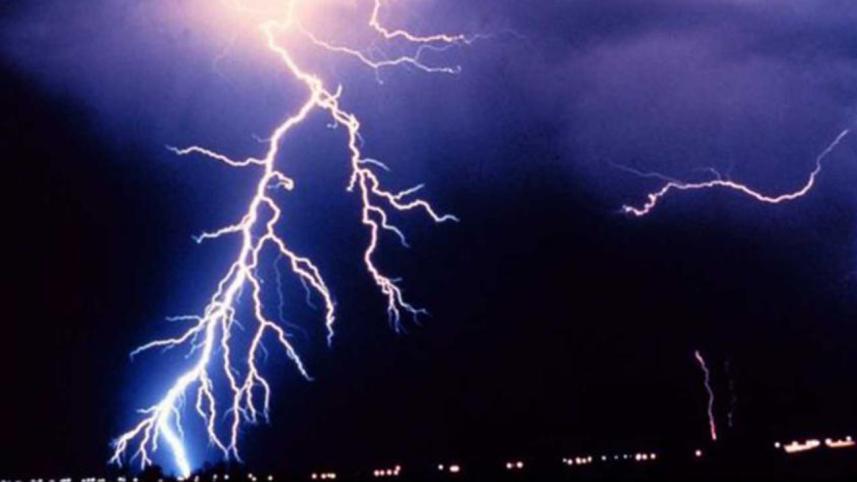Are we doing enough to curb lightning fatalities?

Severe storms and lightning are common during the June-September monsoon season in Bangladesh, where each year lightning kills more than 200 people, mostly farmers in their fields. The country is said to be the third-most lightning-prone region in the world. These statistics add a certain degree of inevitability to the occurrence of this natural phenomenon and the fatalities and injuries caused, but are of little consolation when you consider how a lot of them are actually preventable with enough preparation and awareness. In the latest case reported on Thursday, at least 19 people were killed and 16 others injured in two separate incidents in Chapainawabganj and Kishoreganj districts. Of the dead, 17 were struck in Chapainawabganj when they were travelling by a boat to a wedding, while the groom, who was with them, survived. The other two victims were fishermen who were struck by lightning when they were fishing in a haor in Kishoreganj.
In Bangladesh, lightning strike is recognised as a major disaster, yet official response remains far from adequate, and clearly not on a par with its response to other natural disasters like cyclones and floods. Because of the government's failure to devise an effective plan to bring down the incidence of lightning and associated risks, the country has seen an alarming rise in deaths in recent years. Since 2017, the annual death toll twice rose north of 300, and this year recorded 177 deaths in the first half alone. The upward trend in casualties is deeply worrying.
Experts say the rise in fatal lightning strikes is due to continued deforestation, which has led to the disappearance of many tall trees that earlier would have drawn lightning strikes. In recent years, the government has taken initiatives to plant hundreds of thousands of palm trees in a bid to ease the impact of lightning. But clearly, a more robust, better-planned and better-coordinated intervention is needed, both in the countryside, where most casualties occur, and in urban areas, where most buildings still do not have lightning diversion systems in place. As well as addressing these problems, the government also needs to step up its efforts to increase awareness. Unfortunately, for most people, lightning still seems to inspire only awe and allusions to the divine. If people cannot be made aware of the importance of responsible behaviour—such as staying indoors around the time a storm occurs, or taking shelter at the first sight of it—tragedies may continue to happen.
Only through a combination of judicious prevention measures, including extensive afforestation, and proper awareness can we hope to bring down the number of striking fatalities. The government must step up its game.



 For all latest news, follow The Daily Star's Google News channel.
For all latest news, follow The Daily Star's Google News channel.
Comments